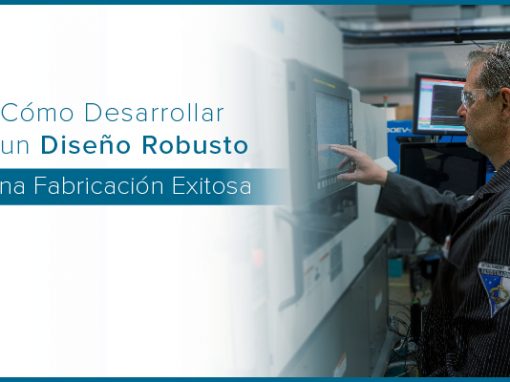Tip of the Day 50: The Ins and Outs of Lynx Devices
After sending Tip #’s 46 and 47 I was asked to elaborate on “Input Devices” v.s. “Output Devices”. While it may seem obvious, some are confused by the fact that all Lynx devices are attached to the same wire.
An “Input” Lynx device is one that measures something from the physical world and sends the measurement to the eDART over the Lynx network. These include pressure sensors, force sensors, temperature (Lynx Quad Temp) and Analog Inputs (AI) that measure anything that has been converted to an electrical signal. Sequence Modules are also inputs but simply measure whether something (one of seven somethings) is On or Off. Each of these devices take the physical signal and convert it to a number that is sent on the Lynx network.
An “Output” Lynx device connects to the same network but does not send any values to the eDART. Instead the eDART sends data to the output device in the form of a number. The output Lynx device converts the number into a signal that can do something in the physical world. An OR-2 (“Output Relay 2”) is simply two switches that can turn things on and off such as conveyors, flipper chutes, valve gates, machine transfer etc. The Analog Output (AO) can produce a signal that is a whole range instead of just on and off, as in driving a valve.
In actual fact the eDART does get some input from each Lynx output device: namely the device’s identification. This tells the eDART what the Lynx output device is and what kind of number it should send to it.

